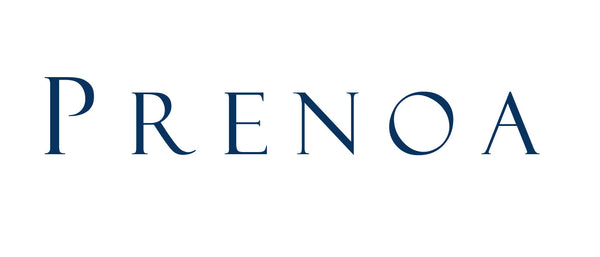The History of the British Sovereign
The British Sovereign is more than a coin — it’s a symbol of monarchy, empire, and enduring value. First struck in 1489 under King Henry VII, the Sovereign has travelled through time, war, and reform, remaining a benchmark of prestige and trust.
In this guide, we explore the origin and evolution of the Sovereign: from the grandeur of Tudor gold to the refined designs of Queen Victoria and the resurgence under Queen Elizabeth II and King Charles III. Whether you're a collector, a history enthusiast, or simply enchanted by its regal design, the Sovereign has a story to tell.
Timeline
1489: The First Sovereign – Henry VII’s Golden Statement
Commissioned as a symbol of royal power, the original Sovereign featured the seated king and was valued at one pound in weight — an extravagant piece of pageantry.
The first British Sovereign coin, issued in 1489 under King Henry VII, had a face value of one pound sterling — hence the name "sovereign" (representing royal authority).
Key Details:
-
Gold Content: It weighed 240 grains (approx. 15.6 grams) of 22-carat gold — a full pound coin in both value and symbolism.
-
Face Value: One pound (20 shillings) — equivalent to a significant sum of money at the time.
-
Purpose: It wasn’t meant for everyday circulation but as a ceremonial coin and diplomatic gift to reflect the majesty and power of the Tudor monarchy.
It was, in essence, a propaganda piece in gold, asserting Henry VII’s legitimacy after the Wars of the Roses.
1817: The Modern Sovereign Reborn
As part of the Great Recoinage, the Sovereign returned under George III featuring Benedetto Pistrucci’s iconic St George and the Dragon — a design still revered today.
In contrast, the modern Sovereign, reintroduced in 1817, had:
-
A face value of one pound, but...
-
A gold content of approximately 7.98g of 22-carat gold to reflect inflation (so weighing less than half its predecessor)
-
It functioned as both circulating currency and later as bullion
The Sovereign in the Victorian Era
Issued widely across the Empire, Sovereigns minted during Victoria’s reign featured both ‘Young Head’ and ‘Jubilee Head’ designs and circulated globally as trusted tender during this time of growth, worldwide trade and through settlements and colonies in the Empire.
The 20th Century and World Wars
From Edward VII to George VI, Sovereigns continued as both bullion and currency — yet war and gold reserves shifted their production dramatically.
Queen Elizabeth II and Modern Sovereigns
Her Majesty’s long reign saw the Sovereign minted in celebratory issues, from coronations to jubilees — continuing into the 21st century with both collector and investment appeal.
Weight & Value of a Queen Elizabeth II Sovereign
📏 Weight & Composition
A standard Queen Elizabeth II Sovereign (post-1957) contains:
-
Weight: 7.98 grams
-
Gold Content: 7.32 grams of pure gold (91.67% fineness / 22-carat)
-
Diameter: 22.05mm
-
Thickness: 1.52mm
Despite its modest size, it contains nearly a quarter ounce of pure gold — making it ideal for jewellery, investment, or heirloom gifting.
A Queen Elizabeth II Sovereign weighs just under 8 grams, but holds centuries of royal legacy in the palm of your hand. Whether worn as jewellery or gifted as treasure, it’s gold that tells a story. Enquire today with Prenoa about our elite bespoke service, using real sovereign coins and mounted them with our custom made frames for commemorative jewellery.
Explore the Stories Behind Other British Coins
